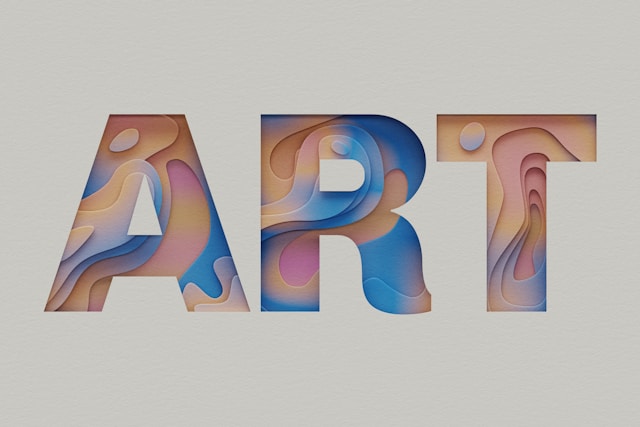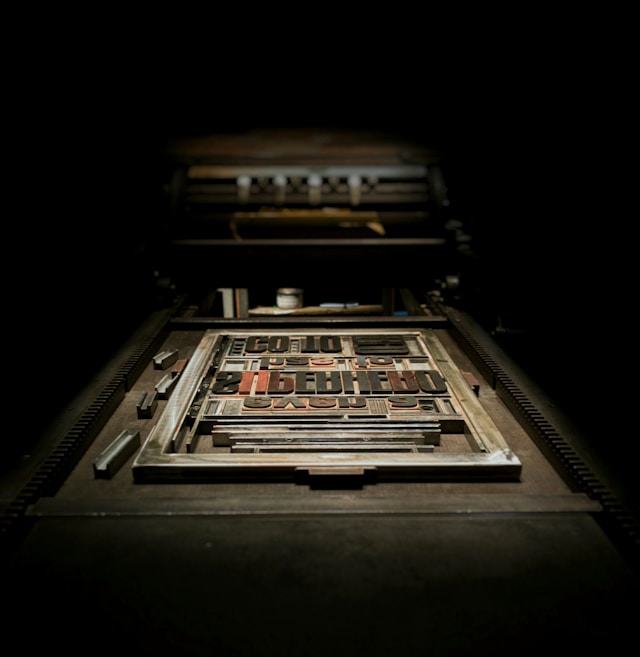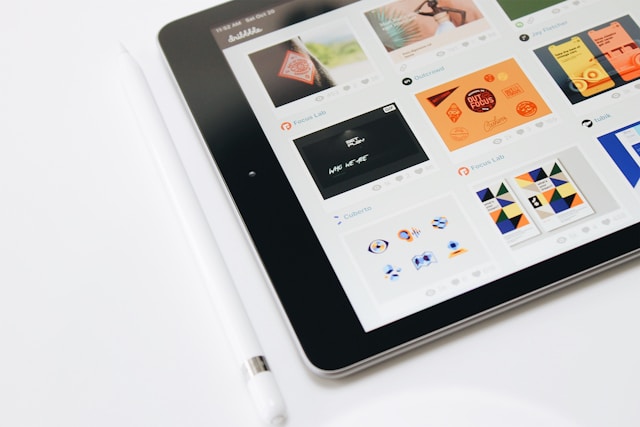
Graphic design plays a critical function in developing visually attractive and engaging print guides. From magazines and books to brochures and catalogues, powerful photograph layout enhances the visual verbal exchange and readability of revealed materials. Here are key factors to recall while designing print guides.
Graphic Design for Print Publications
1. Layout Design:
A properly structured format guarantees a clean and logical glide of content material. Consider organizing content material into sections, chapters, or articles with clear headings and subheadings. Establish a visible hierarchy via varying font sizes, weights, and styles to manual readers through the ebook, read casinojokaclub.info. Maintain consistency in margins, spacing, and alignment to create a visually appealing and cohesive layout.
2. Typography:
Carefully pick typefaces that replicate the character and cause of the e-book. Use contrasting fonts for headlines, subheadings, and frame text to create visible interest. Pay attention to clarity by deciding on appropriate font sizes, line spacing, and line lengths. Ensure harmonious stability among the typography and different design elements.

3. Images and Graphics:
Incorporate extraordinary pix and portraits to beautify the visible enchantment of the ebook. Choose photographs which apply to the content and complement the general layout aesthetic. Make sure photographs are in excessive resolution and well-scaled to avoid pixelation. Consider using Infographics, charts, and illustrations to provide complicated data in a visually attractive way.
4. Color Palette:
Colour performs a sizable role in print design. Choose a cohesive shade palette that aligns with the emblem or guide identity. Consider the feelings and messages related to distinctive colours and use them strategically to awaken the favoured reaction from the target audience. Ensure enough contrast between the heritage and textual content to preserve readability.
5. White Space:
The powerful use of the white area, or terrible space, is vital in print design. White space facilitates and guides the reader’s attention, improves clarity, and complements the overall visual attraction. Avoid muddles and permit elements to breathe with the aid of presenting sufficient margins and spacing between content material.
6. Branding and Consistency:
If designing for a specific logo or guide, hold consistency with set-up brand tips. Use steady colourations, fonts, and photograph elements to boost the logo identity during the guide. Consistency in layout elements helps set up professionalism and builds reputation.
7. Print Specifications:
Understand the specifications and limitations of the printing method. Ensure the layout is optimized for the selected paper size, printing approach (e.g., offset or digital), and shade mode (CMYK for print). Pay interest to photograph resolution, bleeds, and margins to ensure accurate reproduction of the layout.

Effective image design for print publications calls for a balance of creativity, readability, and functionality. By thinking about layout design, typography, pictures, and shades, and maintaining consistency, you may create visually attractive and reader-pleasant revealed materials that efficiently convey your message.


